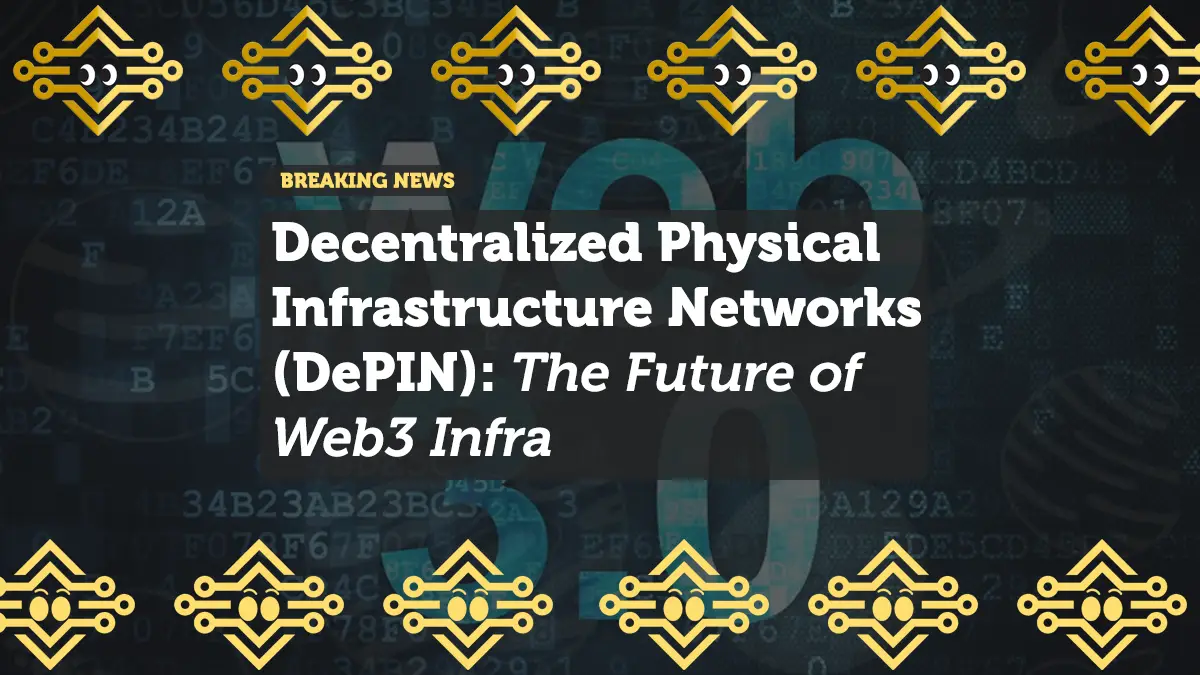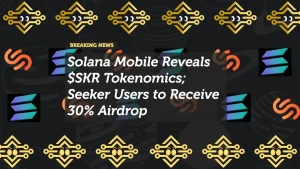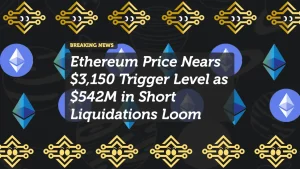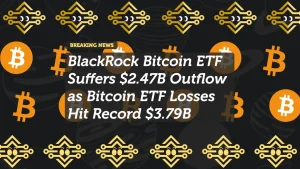
Decentralized Physical Infrastructure Networks (DePIN): The Future of Web3 Infrastructure
As blockchain technology moves beyond finance and into the physical world, a new trend is gaining momentum—Decentralized Physical Infrastructure Networks (DePIN). Imagine a world where internet access, cloud storage, and computing power are provided not by tech giants like Amazon or Google but by a global, decentralized network of individual contributors, all earning crypto in return.
This is what DePIN aims to achieve, leveraging blockchain incentives to build decentralized alternatives to traditional infrastructure. Projects like Helium (for IoT and 5G), Filecoin (for storage), and Render Network (for computing power) are leading this charge. But how does it work, and can it really challenge centralized infrastructure providers?
What is DePIN?
DePIN, short for Decentralized Physical Infrastructure Networks, refers to blockchain-based networks where individuals contribute real-world resources—such as storage, internet bandwidth, or GPU power—in exchange for cryptocurrency rewards. Instead of a single corporation owning massive data centers or telecom towers, these resources are spread across a peer-to-peer network of participants.
How It Works
- Supply Side: Individuals contribute physical resources by connecting devices to a blockchain-based network.
- Demand Side: Businesses or users pay in crypto to access these decentralized services.
- Blockchain Incentives: The system ensures fair distribution of rewards via smart contracts, tracking usage and contributions transparently.
This model disrupts centralized monopolies, creating a more resilient, cost-efficient, and censorship-resistant digital infrastructure.
Top DePIN Projects Powering the Movement
1. Filecoin – Decentralized Cloud Storage
What It Does: Filecoin allows users to rent out excess hard drive space for decentralized data storage. Instead of relying on Amazon S3 or Google Cloud, users store data across a distributed network of independent providers.
- Why It Matters: Reduces dependence on centralized cloud storage, offering better privacy and cost savings.
- 2025 Update: Filecoin’s integration into DeFi and Web3 applications is growing, and it now stores petabytes of data, from NFT archives to scientific research.
2. Helium – Wireless Networks (IoT & 5G)
What It Does: Helium incentivizes individuals to deploy wireless hotspots that provide connectivity for IoT devices and, more recently, 5G users. Participants earn HNT tokens for running a hotspot.
- Why It Matters: Competes with major telecom providers by offering a community-powered alternative to cellular and IoT networks.
- 2025 Update: Helium’s 5G expansion is gaining traction, though scalability remains a challenge.
3. Render Network – Decentralized GPU Computing
What It Does: Render enables individuals to rent out their GPU power for 3D rendering, AI model training, and video processing, providing a distributed alternative to traditional cloud computing.
- Why It Matters: Reduces reliance on expensive centralized GPU providers like AWS, benefiting artists, AI researchers, and metaverse developers.
- 2025 Update: Render’s ecosystem is growing, fueled by the demand for decentralized AI computing power.
4. Hivemapper – Crowdsourced Mapping
What It Does: Hivemapper rewards drivers who attach dashcams to their vehicles to help build a decentralized alternative to Google Maps. Participants earn HONEY tokens for mapping new locations.
- Why It Matters: Offers real-time, user-generated mapping data, potentially more accurate and frequently updated than Google Maps.
- 2025 Update: Expanding coverage in major cities, though competing with tech giants is a challenge.
5. DIMO – Decentralized Vehicle Data
What It Does: DIMO allows car owners to connect their vehicles to a blockchain, tracking mileage, diagnostics, and usage data while earning DIMO tokens for sharing insights with manufacturers, insurers, or service providers.
- Why It Matters: Puts vehicle data ownership back in the hands of drivers, disrupting automakers that monopolize user data.
- 2025 Update: Gaining traction in the mobility-focused crypto sector, with early adoption from car fleets and ride-sharing services.
Why DePIN Matters
1. Breaking Centralized Control
Big Tech and telecom giants monopolize critical infrastructure—AWS, Google, Verizon, and Microsoft dominate cloud, internet, and computing resources. DePIN offers a decentralized alternative, shifting power back to individuals.
2. Increased Resilience
Decentralized networks are more resistant to censorship and shutdowns—whether from government crackdowns, corporate policies, or cyberattacks.
3. Economic Inclusion
Anyone, from a farmer in India to a student in Canada, can contribute to and earn from these networks, creating a more equitable infrastructure economy.
4. Sustainable Alternatives
Some DePIN models promote efficient resource usage—like using spare bandwidth or GPU power instead of massive, energy-intensive data centers.
Challenges and Risks
1. Hardware Barriers
Not everyone has spare GPUs, storage, or networking equipment. Adoption is often limited to tech-savvy users or those who can afford the initial setup.
2. Scalability and Reliability
- Can a peer-to-peer network match the uptime and speed of an AWS data center?
- DePIN projects must solve latency and reliability issues to compete.
3. Tokenomics Volatility
- Many DePIN tokens surged during bull runs but crashed when rewards declined.
- Finding a sustainable balance between incentives and utility is crucial.
4. Regulatory Uncertainty
- Some DePIN models compete with heavily regulated industries like telecom and cloud computing.
- Governments may intervene if DePIN threatens corporate monopolies.
The State of DePIN in 2025
1. Adoption is Accelerating
- Helium’s 5G network is expanding.
- Filecoin is integrating with rollups for Web3 storage.
- New DePIN projects—like decentralized energy grids and weather stations—are launching.
2. VC Money is Flowing In
- Hundreds of millions have been raised by DePIN startups in the past year.
- Investors see real-world utility beyond speculation.
3. Integration with Other Crypto Trends
- EigenLayer’s restaking model may be used to secure DePIN networks.
- Tokenized real-world assets (RWAs) could tie into DePIN infrastructure models.
Is DePIN the Future of Web3?
DePIN is one of the most exciting frontiers in crypto, bridging blockchain technology with real-world infrastructure. If it succeeds, it could redefine how storage, computing, and wireless networks operate, shifting control away from corporations and toward decentralized communities.
But it faces significant hurdles—scalability, adoption, and regulatory pushback. If DePIN can overcome these challenges, it may become one of the biggest crypto revolutions yet.
What do you think? Can DePIN compete with Big Tech, or is it just another crypto experiment?
















